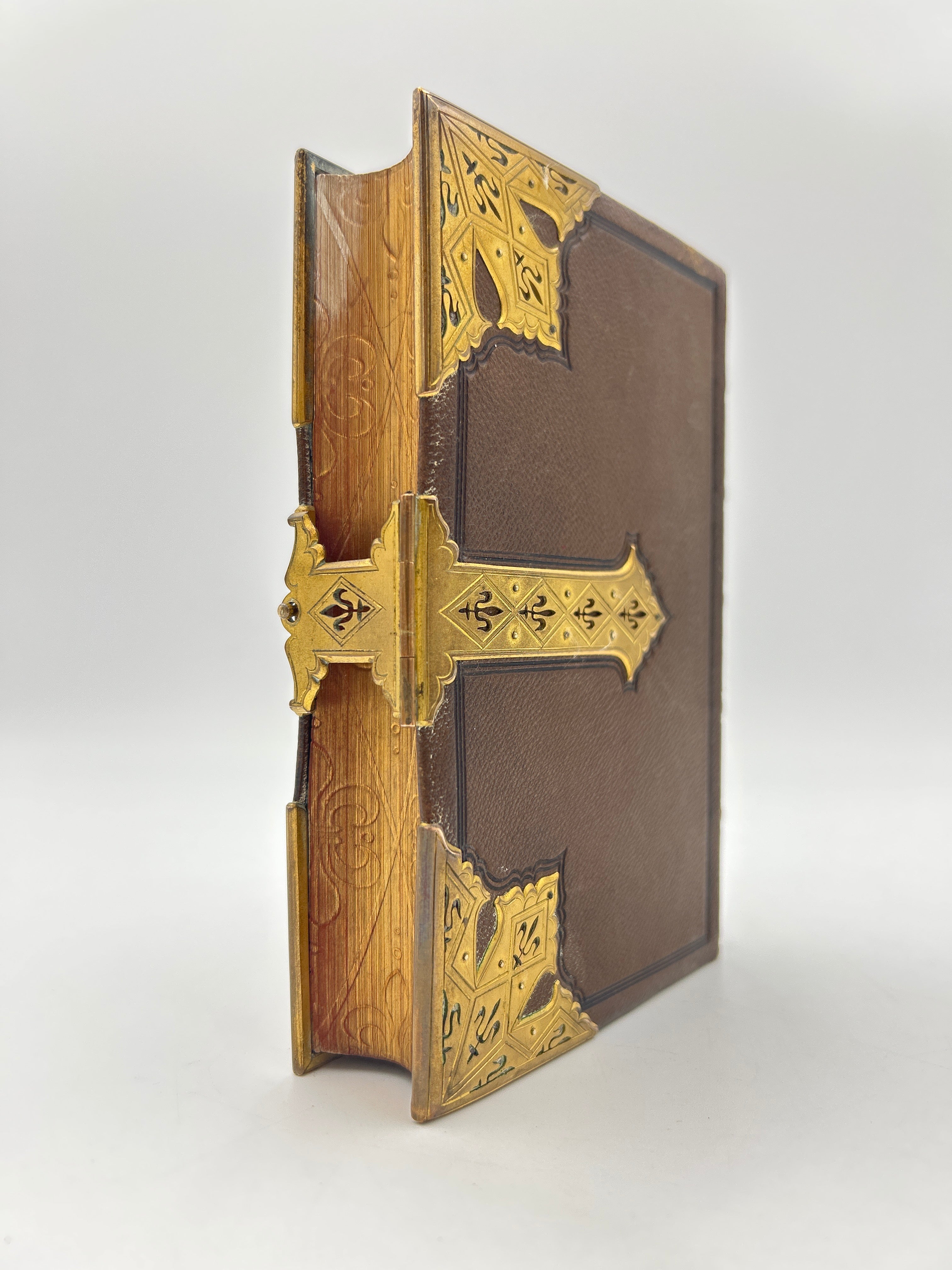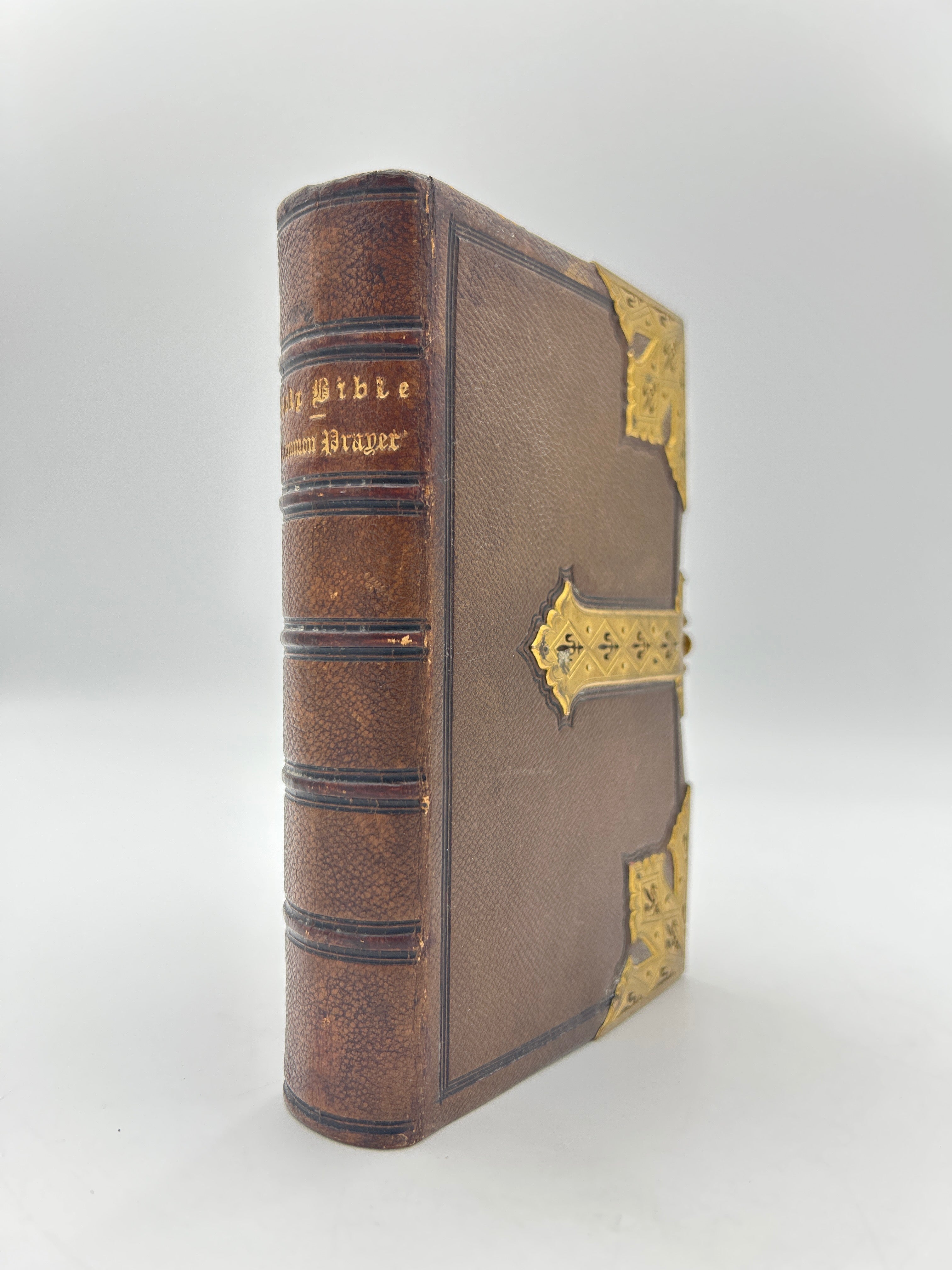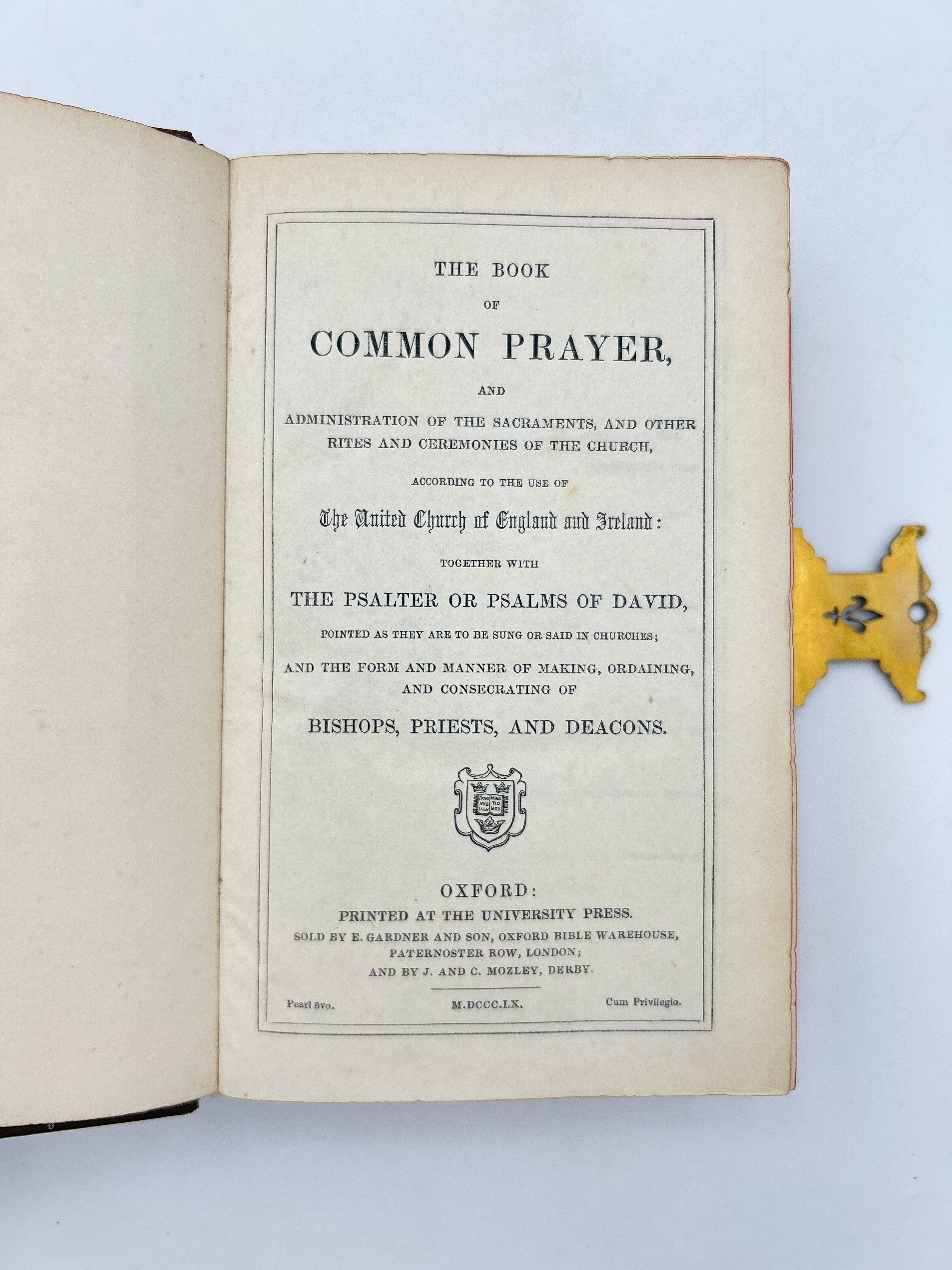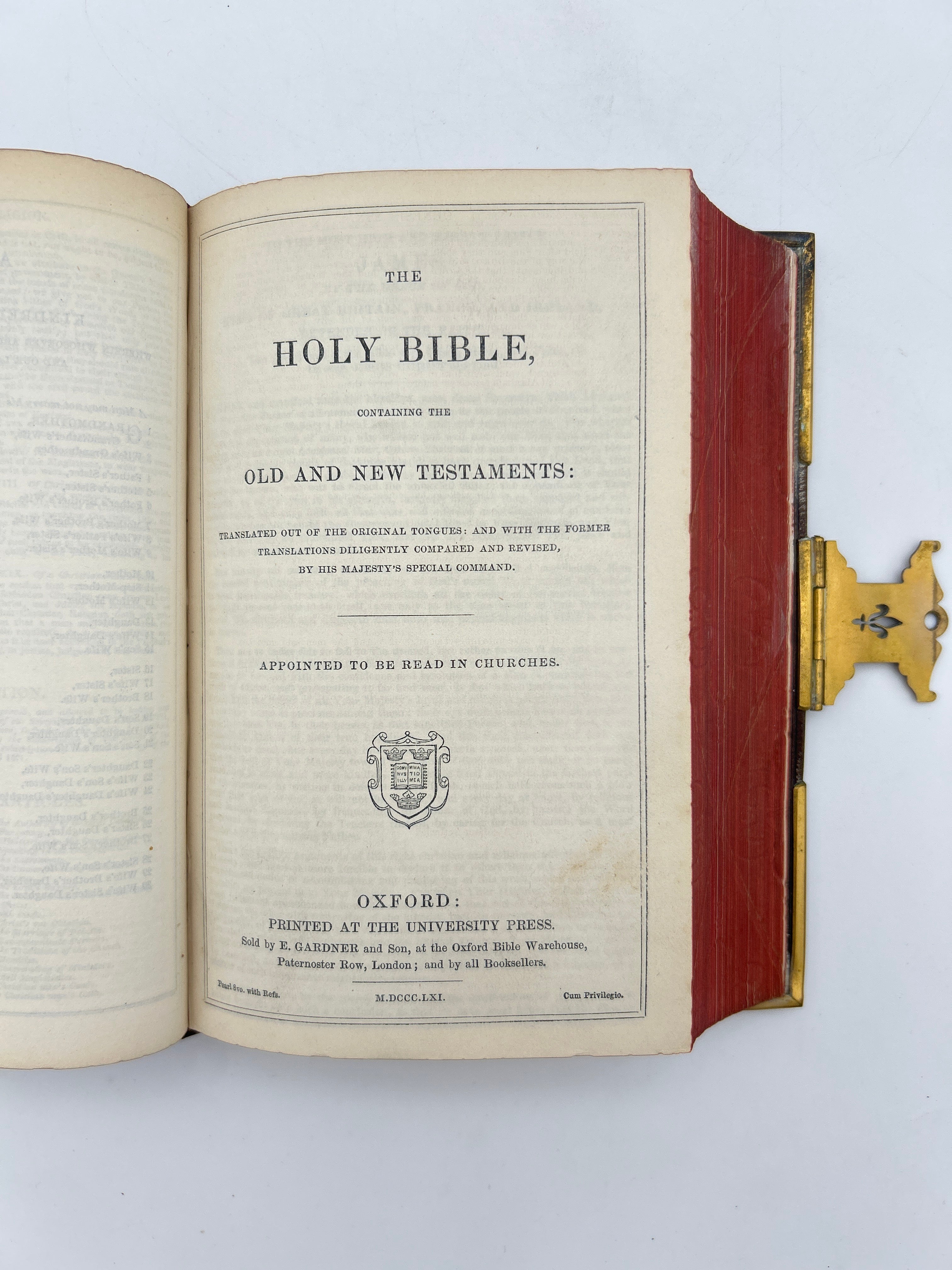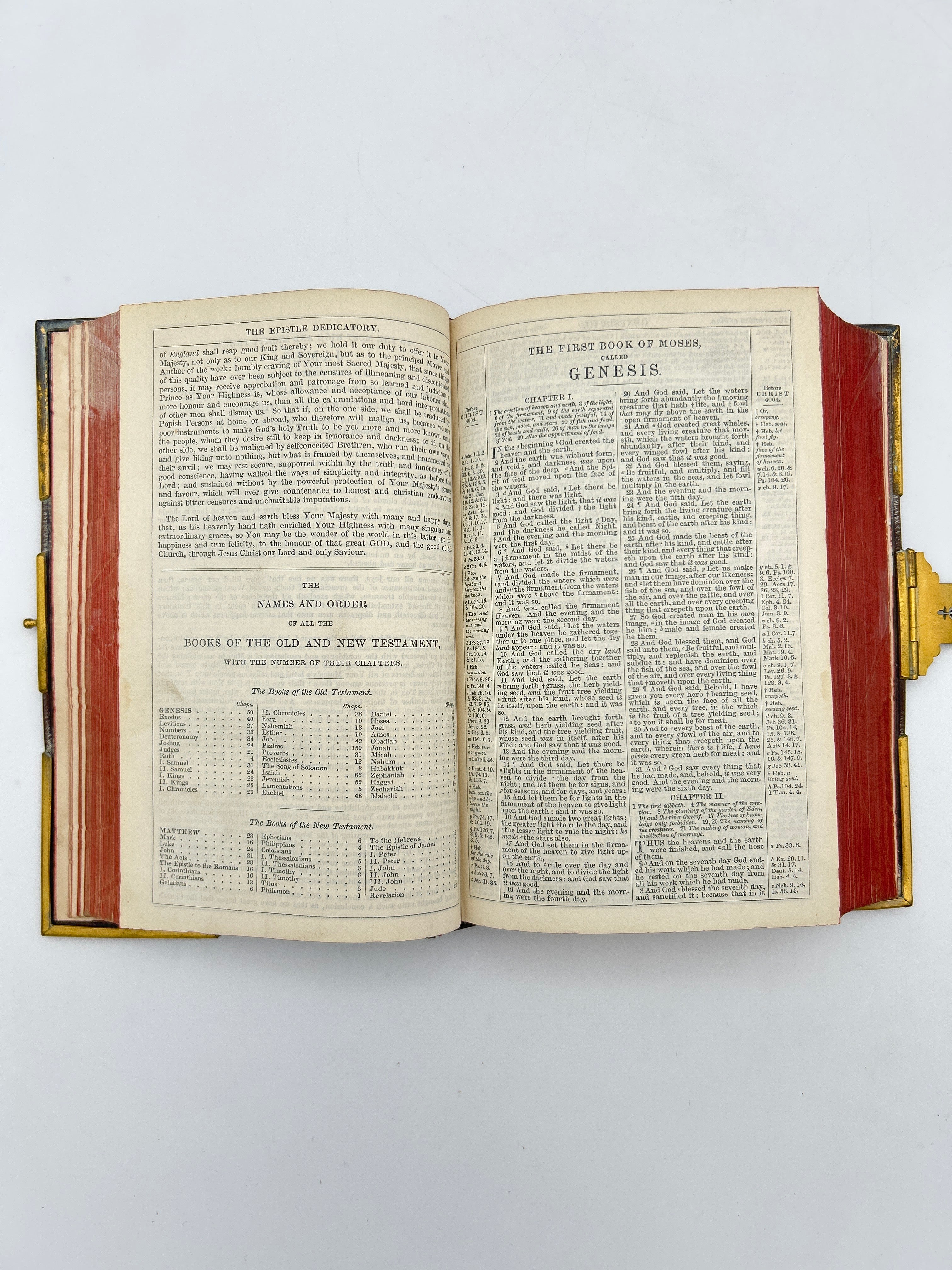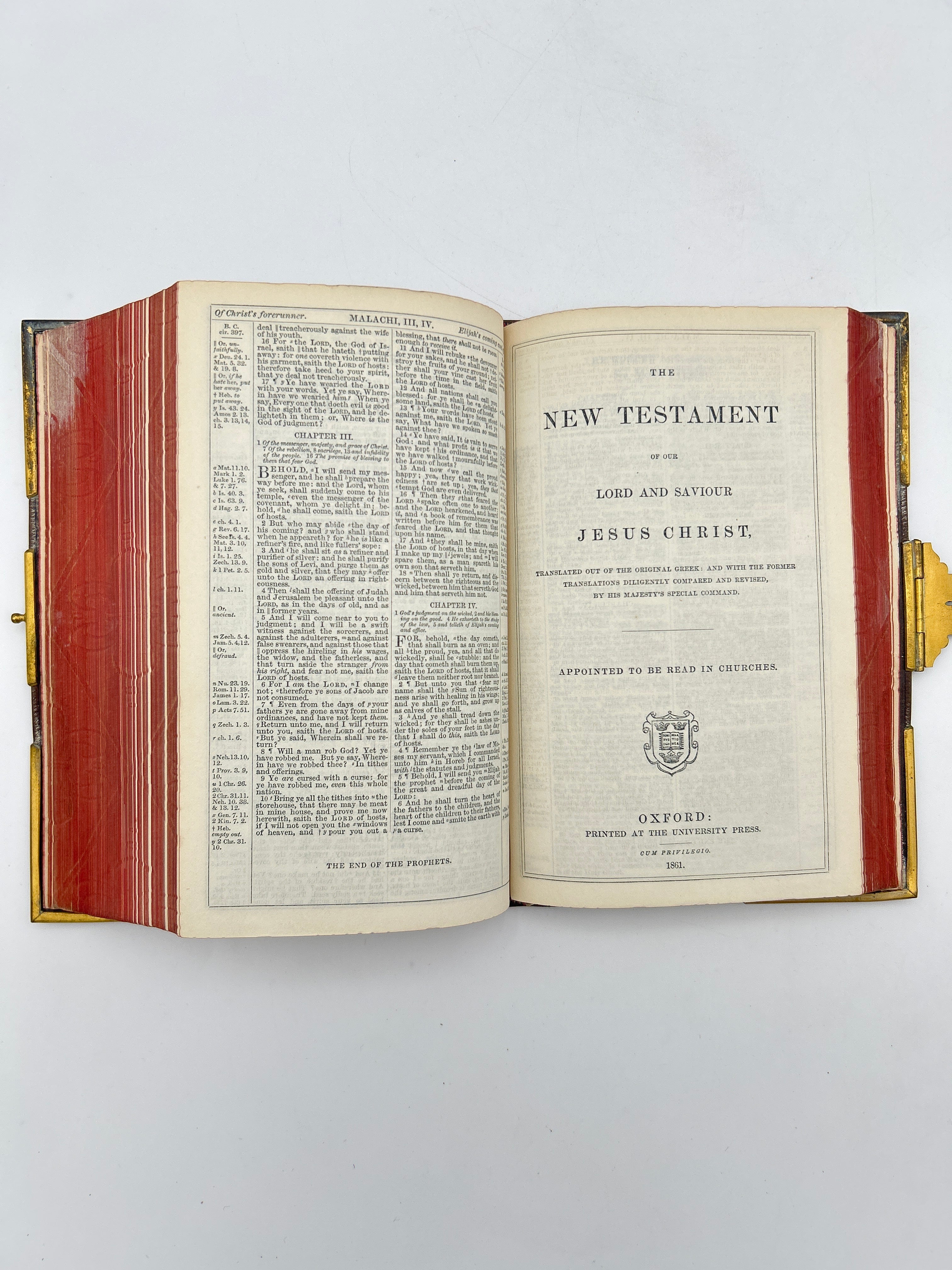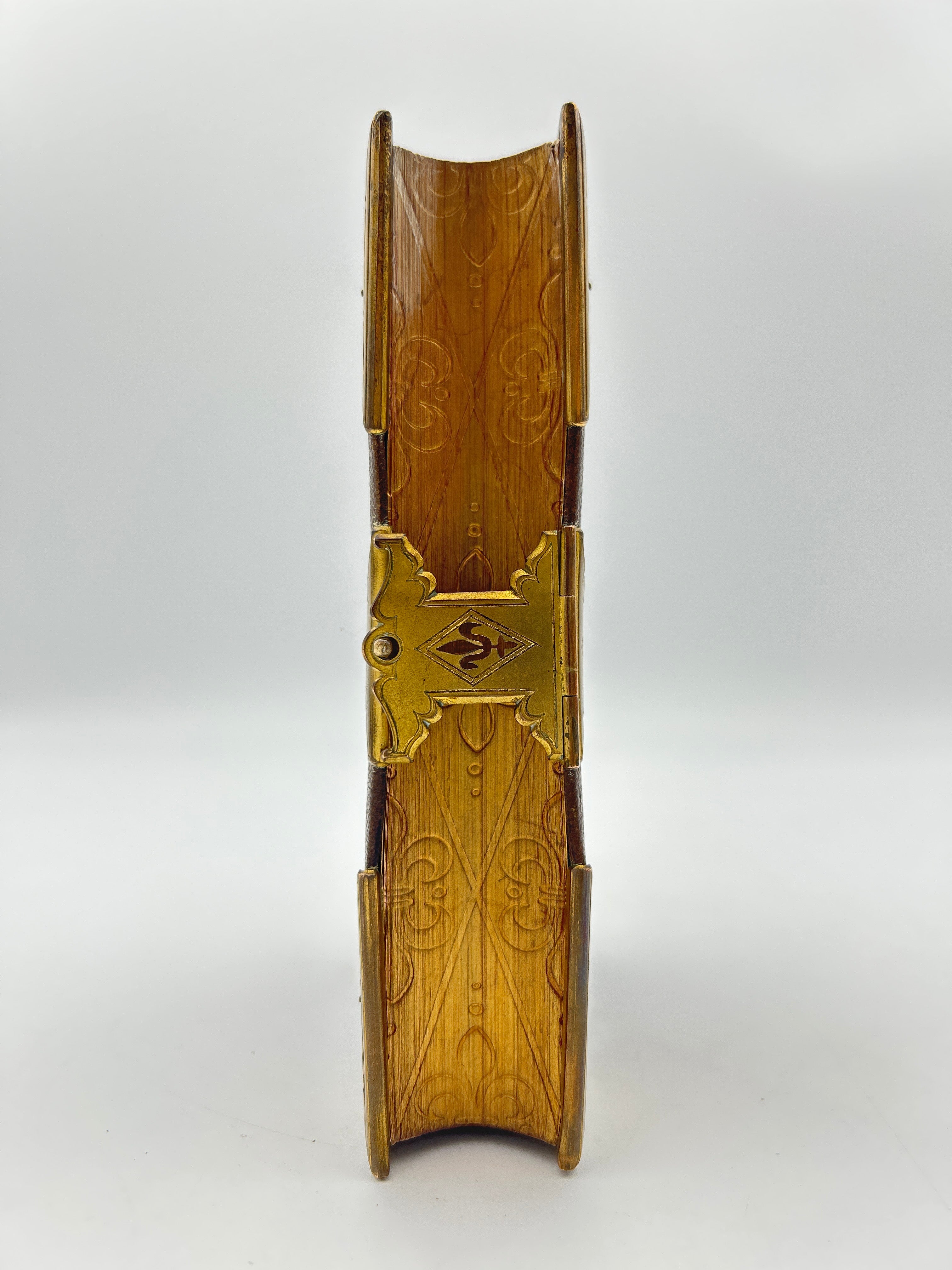Bible and The Book of Common Prayer 1890
Couldn't load pickup availability
5B Bible and Book of Common Prayer. Oxford: University Church, 1890
Notes
The Holy Bible is the foundational text of the Christian faith, containing the Old and New Testaments and chronicling the relationship between God and humanity through history, law, prophecy, poetry, and the life and teachings of Jesus Christ. In the English-speaking world, the King James Version (1611) became the most influential translation, known for its poetic language and theological weight. Over the centuries, the Bible has served not only as a sacred text but also as a guide for moral living, worship, and cultural identity. By the 17th and 18th centuries, Bibles were often printed alongside other devotional texts to serve the spiritual needs of both individuals and congregations.
One of the most important of these companion texts is the Book of Common Prayer, first compiled in 1549 under the Church of England. It provides structured liturgies for worship services, including daily prayers, sacraments, and ceremonies such as marriage, baptism, and burial. Rooted in Scripture and shaped by centuries of English religious tradition, the Book of Common Prayer aimed to unify worship across the Anglican world. When bound together with the Bible—as was common in many 17th- and 18th-century editions—it created a complete spiritual toolkit: Scripture for study, and prayer for practice. Together, the Bible and the Book of Common Prayer reflect the heart of Anglican devotion, theology, and daily life.
Bibles printed in the 1800s reflect a period of mass production and growing accessibility, driven by advances in printing technology and missionary efforts. This century saw a surge in beautifully bound family Bibles and ornate personal copies. Many featured illustrations, genealogical pages, and commentary, blending function with personal heritage. These 19th-century editions are now valued not only for their religious significance but also for their craftsmanship and historical insight.
Description
Brown Morocco leather with attractive brass corner pieces and clasp. Spine with five raised bands. Second compartment lettered in gilt. Gauffred edge and marbled endpapers. Front preliminary leaf has inscription: “Frances Althea Graham from her Godmother Frances Mary Ellis. A field. August 27th 1862”. Some slight traces of brass polish affecting the leather. Victorian brass work. Fine condition.
